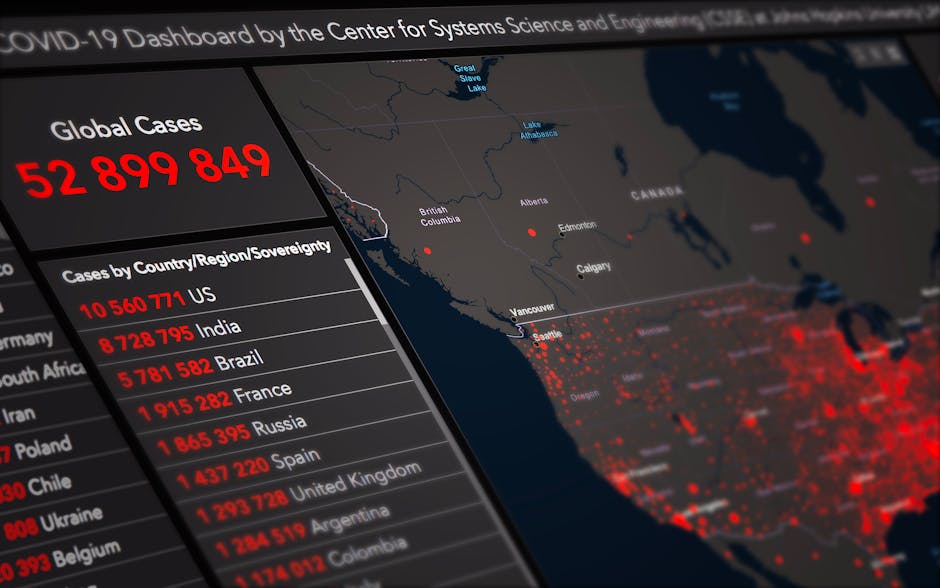Integrating Blockchain With Existing Systems
Integrating blockchain with your existing systems, eh? That’s like trying to merge two puzzle pieces that don’t quite fit – it takes some finagling, but the payoff is worth it. You’ll need to pinpoint the right integration points, design a scalable and secure blockchain system, migrate your data without losing your mind, and connect the dots with APIs. And don’t even get me started on testing – you don’t want your new system to crash and burn. But trust me, it’s worth the hassle. Want to know the secrets to a seamless integration?
Key Takeaways
• Identifying integration points and understanding business cases is crucial for successful blockchain integration with existing systems.• A scalable and secure blockchain system is essential, considering aspects like access controls, encryption, and authentication.• Data migration and mapping strategies, including data profiling and legacy analysis, facilitate a smooth transition to the new system.• API integration and connectivity enable seamless communication between systems, with a focus on security, authentication, and authorisation.• Thorough testing and quality assurance, including test automation, functional testing, and performance testing, ensure the blockchain system can withstand real-world usage.
Identifying Integration Points and Needs

As you venture on the blockchain integration journey, you’ll quickly realise that pinpointing the right integration points and understanding your needs is essential – after all, you can’t just slap a blockchain sticker on your existing system and call it a day.
You need to identify the areas where blockchain can genuinely add value, and that means understanding your business cases inside out.
Take a closer look at your existing legacy systems, and you’ll likely find that they’re riddled with inefficiencies, bottlenecks, and unnecessary complexities.
That’s where blockchain comes in – to streamline, secure, and optimise. But to do that, you need to pinpoint the business cases that would benefit most from this integration.
Are you struggling with supply chain transparency? Do you need to revamp your payment systems? Are you drowning in paperwork and red tape?
Your business cases will dictate the integration points, and that’s where the magic happens.
Perhaps you need to integrate blockchain with your existing inventory management system to facilitate seamless tracking and tracing. Maybe you need to create a blockchain-based payment gateway to reduce transaction times and costs.
Whatever the case, understanding your needs and identifying the right integration points is pivotal to a successful blockchain integration.
Blockchain System Design Considerations

What’s the most critical aspect of designing a blockchain system that’ll make or break your entire integration effort – scalability, security, or useability? Well, let’s be real, it’s all of the above. But if you’d to pick one, it’s scalability. You can have the most secure system in the world, but if it can’t handle the load, it’s as useful as a chocolate teapot.
Scalability factors are vital when designing your blockchain system. You need to examine how your system will handle increased traffic, data volume, and user adoption. Will it be able to process transactions quickly and efficiently, or will it slow down to a crawl? Can it handle a high volume of users, or will it crash under the pressure?
But, of course, security protocols can’t be ignored either. You need to verify that your system is secure from top to bottom, with robust access controls, encryption, and authentication mechanisms in place. One breach, and your entire system is compromised.
Data Migration and Mapping Strategies

You’ve got a scalable, secure, and useable blockchain system, but now it’s time to get your hands dirty and figure out how to migrate your existing data into this shiny new system without losing your mind or your data. Yeah, it’s not as glamourous as designing a blockchain system, but someone’s gotta do it.
Data migration is a vital step in integrating your blockchain system with existing systems. You can’t just dump all your old data into the new system and expect it to magically work. You need a solid strategy to facilitate a smooth shift.
Data profiling is like taking a thorough examination into your existing data to understand its structure, quality, and relationships. You’ll uncover hidden patterns, inconsistencies, and potential issues that could derail your migration process.
Legacy analysis is another vital component of data migration. You need to analyse your existing systems, identifying what’s working and what’s not. It’s necessary to understand how your legacy systems interact with each other and how they’ll interact with your new blockchain system.
This analysis will help you develop a migration strategy that minimises disruptions and maintains business continuity. By combining data profiling and legacy analysis, you’ll be well-equipped to migrate your data successfully and avoid costly mistakes.
API Integration and Connectivity

With your data migrated and legacy systems analysed, it’s time to connect the dots between your blockchain system and existing infrastructure, and that’s where APIs come in – the unsung heroes of integration, allowing your systems to talk to each other in perfect harmony.
Think of APIs as translators, facilitating seamless communication between different systems, languages, and protocols. You can’t have a successful blockchain integration without them.
Now, you might be wondering, ‘How do I guaranty API security?’ Well, that’s a great question!
API security is vital, as it’s the gateway to your system. You need to implement robust authentication and authorisation mechanisms, like OAuth or JWT, to prevent unauthorised access. Don’t forget to encrypt your API data in transit using HTTPS and TLS certificates. Remember, security isn’t a one-time task; it’s an ongoing process.
When it comes to network protocols, you’ll need to decide which ones to use.
Will it be RESTful APIs over HTTP, or perhaps gRPC over TCP? The choice depends on your system’s requirements and the type of data being transmitted. Whatever you choose, make certain it alines with your blockchain system’s architecture.
The goal is to create a seamless, secure, and efficient integration. So, take your time, and get it right. Your blockchain system (and your sanity) will thank you.
Testing and Quality Assurance Steps

Now that your APIs are securely integrated, it’s time to put them through their paces and verify that your blockchain system can withstand the scrutiny of real-world usage. You’ve done the hard work of building a robust system, but now it’s time to test its mettle. Think of this as the final exam for your blockchain system – it’s time to see if it can handle the stress of real-world usage.
One of the most effective ways to test your system is through Test Automation. This involves using software to simulate user interactions, allowing you to test your system’s performance and scalability. But don’t just stop at testing for success – it’s also essential to simulate errors and exceptions to see how your system responds.
| Test Type | Description | Goal |
|---|---|---|
| Functional Testing | Test individual components of your system | Verify that each component works as expected |
| Performance Testing | Test your system’s scalability and performance | Identify bottlenecks and optimise performance |
| Error Simulation | Simulate errors and exceptions | Verify that your system can recover from errors |
Conclusion
As you emerge from the trenches of integration, remember that blockchain isn’t a silver bullet, but rather a shiny new arrow in your quiver.
Don’t be like Icarus, flying too close to the sun with unrealistic expectations.
By following these steps, you’ll be well on your way to harnessing the power of blockchain without crashing and burning.
Now, go forth and integrate – the blockchain is waiting, much like the sword of Damocles, ready to drop its transformative power upon your existing systems.
Contact us to discuss our services now!